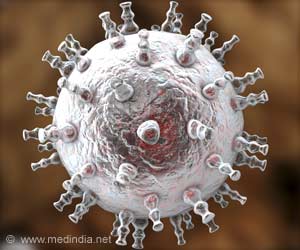The roaches of the fish world -sticklebacks, are the ideal animal in which to study the genes that control body shape.

Breeding studies between marine and freshwater populations of sticklebacks now have turned up one of the genes that controls tooth number, plus evidence that a simple change in that gene's regulation in a freshwater population is associated with a near doubling in the number of teeth. University of California, Berkeley, scientists say that the corresponding gene in humans may turn out to be involved in tooth, jaw and bone formation.
"This study suggests that the gene, called Bmp6, plays a key role in regeneration of vertebrate organs," said lead researcher Craig Miller, UC Berkeley assistant professor of molecular and cell biology. "Understanding tooth regeneration could lead to a way to replace teeth in humans, for example."
"It's also clear that there is some biological connection between tooth number and cleft palate, because the same regions of the genome control both," he added. "Understanding which genes control the number of teeth is important for understanding what causes malformations, such as a cleft palate."
Miller and his UC Berkeley and Stanford University colleagues reported their findings in last week's issue of the journal Proceedings of the National Academy of Sciences.
The finding has implications, too, for how evolution generates new body shapes. Biologists have proposed that this results primarily from changes in the regulation of a functional gene, not mutations in the gene itself. To date, this has proved true for loss of traits in fish: armor plates, pelvic fins and pigment.
Advertisement
Source-Eurekalert















